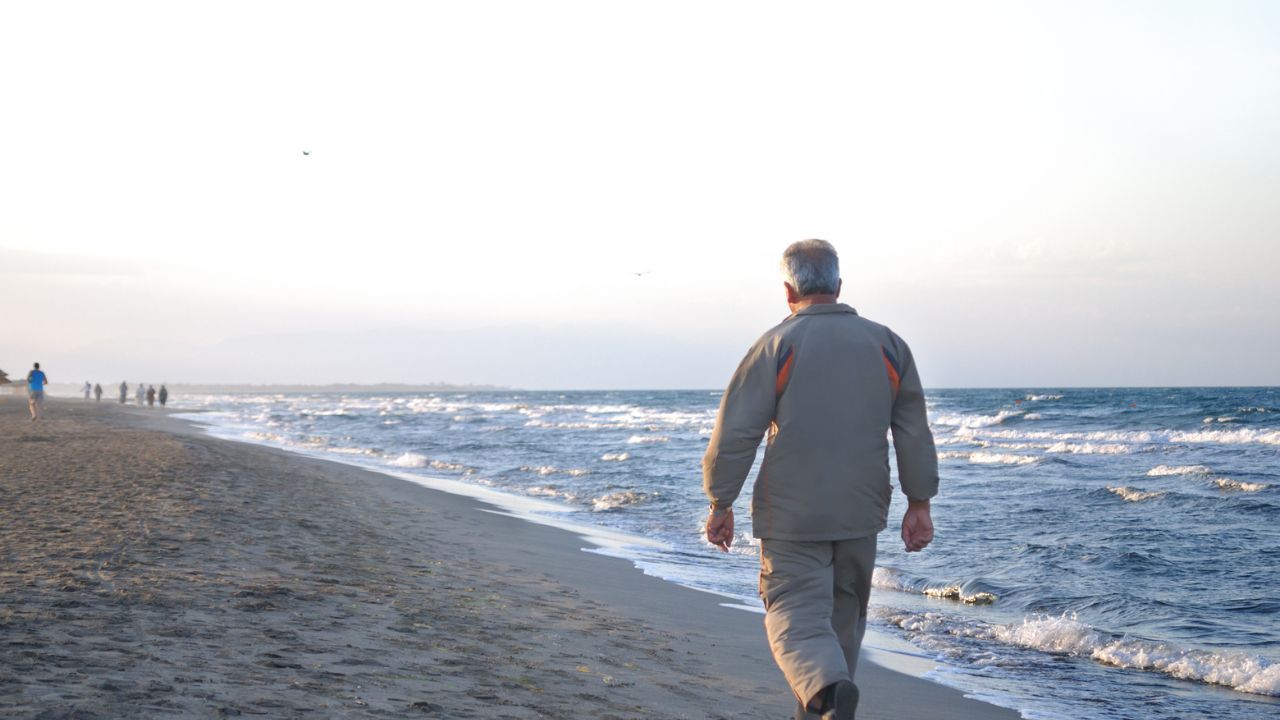Prostatectomy Physical Therapy, Before and After
Jun 24, 2023
What is the prostate?
It's a male organ and a small gland about the size of a ping-pong ball, located deep inside the groin, between the base of the penis and the rectum.
It is located right under the bladder and part of the urethra (urine tube) runs right through it.
The prostate has a role in urinary control, sexual function and fertility, producing 20% of ejaculate volume.
It's surrounding by nerves and blood vessels.
Prostate Cancer
Prostate cancer is the most common cancer in American men, except for skin cancers. Most prostate cancers are found in men over the age of 65.
When a male family member is diagnosed with prostate cancer, there is a 1 in 2 chance that an immediate relation as in son, brother, grandfather, uncle, may also be diagnosed with prostate cancer. On the female line, if there is any breast, ovarian, or uterine cancer, there's a 1 in 4 chance the male will be diagnosed with prostate cancer. It's important that we know our family medical history.
What does Prostatectomy Surgery, also called 'Radial Prostatectomy' involve?
Radical prostatectomy (RP) is the gold standard treatment globally for localized prostate cancer.
When RP surgery is performed, removal of the prostate gland along with the internal urethral sphincter (bladder muscle controlled by the brain) and part of the urethra that passes through the prostate are removed, followed by the re-attachment of the urethra to the bladder. A catheter is inserted to maintain bladder opening and allow for urine drainage. The catheter usually stays inserted for about 2 weeks after surgery for healing to occur around the opening without blocking urine passage. Once the catheter is removed, urination shoulder occur without difficulties. The bladder then lowers to accommodate for the space left from removal of the prostate gland.
Removal of the prostate leads to urinary incontinence (unwanted pee leakage) & erectile dysfunction in 99% of patients.
What you're left with to help regain and maintain continence (urinary control) after surgery is the external urinary sphincter (pelvic floor muscles you can control). These are muscles that need to be strengthened and coordinated properly, which can be taught through pelvic floor physical therapy.
Before surgery, continence is mostly automatic without needing to rely on the external urinary sphincter as much. Now it's all you've got left. Learning how to use and strengthen these muscles before and after surgery has been found to have the most benefit. Strengthening and coordinating these muscles not only helps regain urinary control but also helps to restore erectile function over time.
Pelvic Floor Physical Therapy Before and After Prostatectomy
Getting the right treatment at the right time can help with recovery. This includes a type of "pre-hab." The time in between a biopsy of the prostate and the surgery to remove the prostate is usually about 6 weeks. This allows the prostate to heal from the biopsy. This is the perfect time to start pelvic floor physical therapy. It's easier to learn how to use and coordinate your pelvic floor and deep core muscles before surgery instead of after.
Starting a program geared toward overall health, better diet, and more movement, with a goal of some weight loss before surgery has been found to be very beneficial for recovery. When there is less fat tissue surrounding and sticking to the organs, it's easier to visualize the prostate for removal. Overall, this can lead to improved surgical outcomes and a better recovery.
Research has found that starting pelvic floor physical therapy before prostatectomy and continuing with a specific training program after prostatectomy, leads to the most optimal outcomes in a shorter amount of time. Usually just one or two visits prior to surgery is all that is needed.
If you or someone you know is considering prostatectomy, speak to your doctor about beginning pelvic floor physical therapy BEFORE surgery and of course afterward.
Contact Embrace Health & Rehab for more info or click below to schedule an appointment!
Ready to schedule an appointment? Click below to get started today.
Get my Guide to Better Bladder and Bowel Health plus information about peri and postmenopause by signing up below!
Don't worry, your information will not be shared and you can unsubscribe at any time! (But why would you want to? :)


